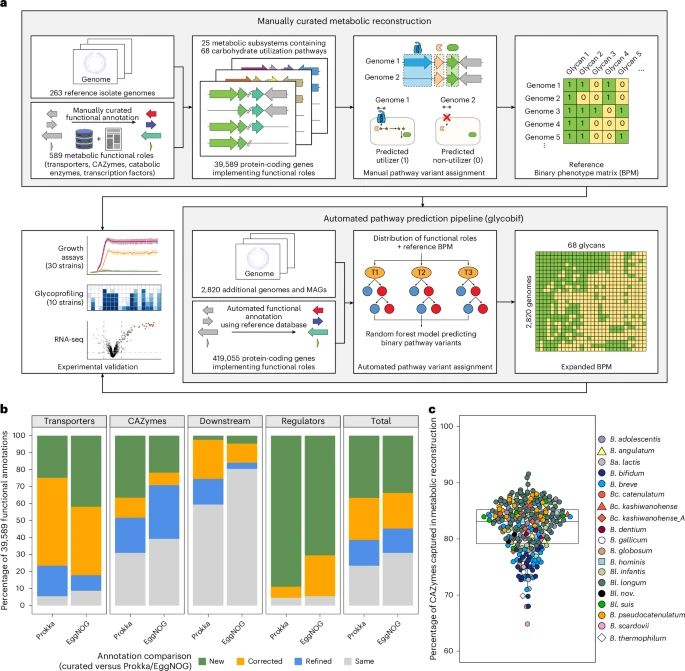Interested in the functional annotation of genomic and metagenomic data, carbohydrate metabolism, #bifidobacteria









academic.oup.com/bioinformati...

academic.oup.com/bioinformati...
www.jbc.org/article/S002...

www.jbc.org/article/S002...
www.jbc.org/article/S002...

www.jbc.org/article/S002...
link.springer.com/article/10.1...

link.springer.com/article/10.1...
doi.org/10.1080/0916...

doi.org/10.1080/0916...
www.jbc.org/article/S002...

www.jbc.org/article/S002...

